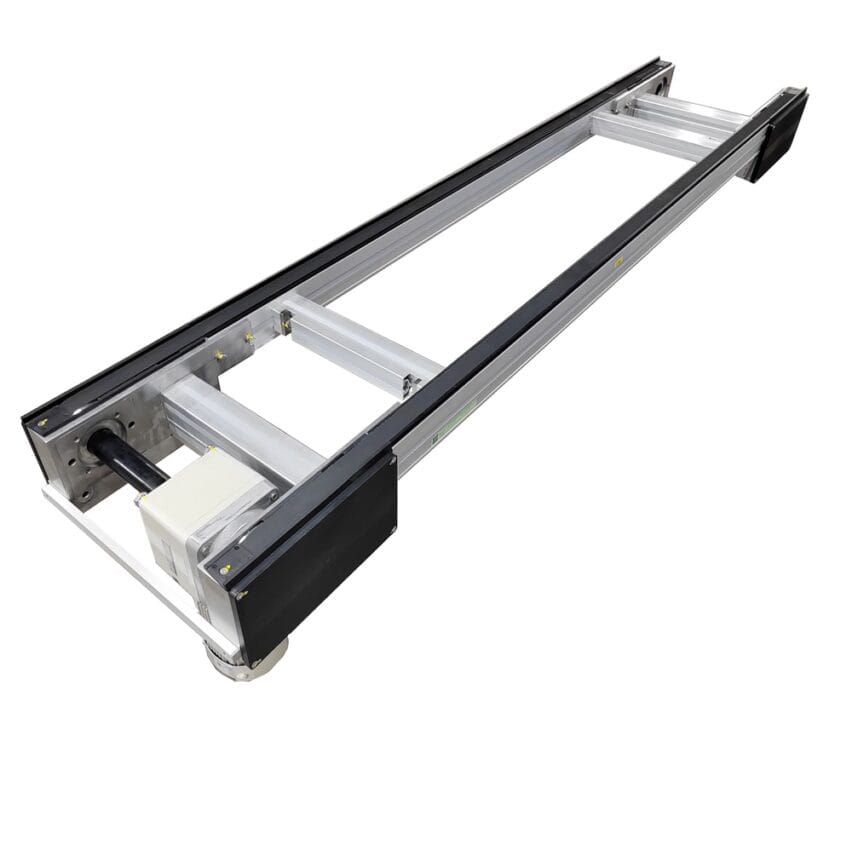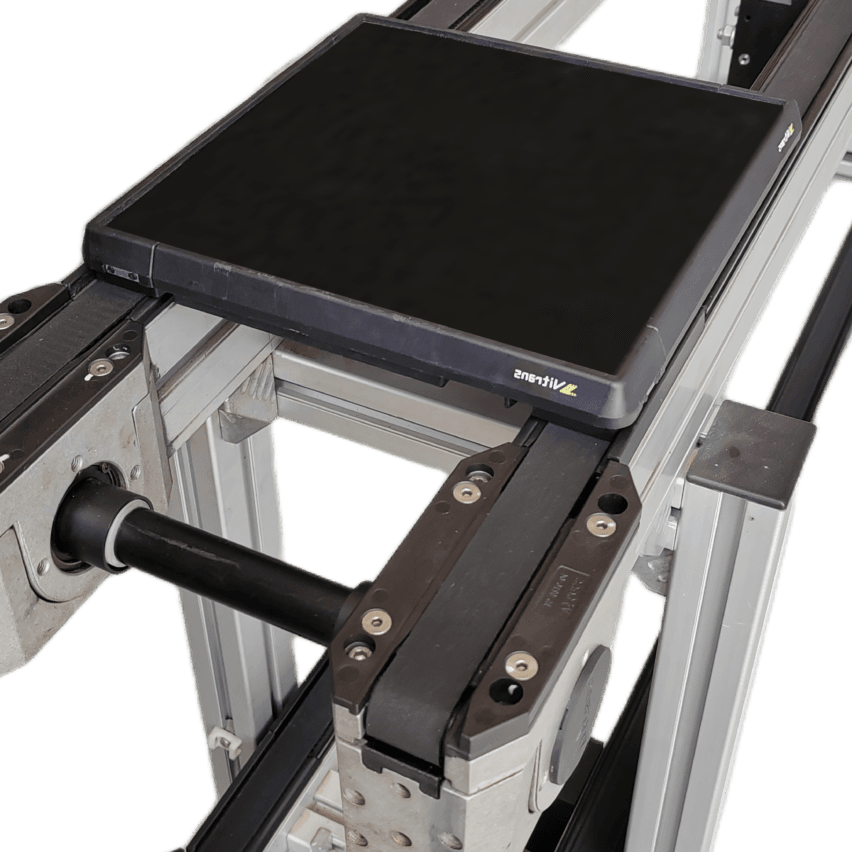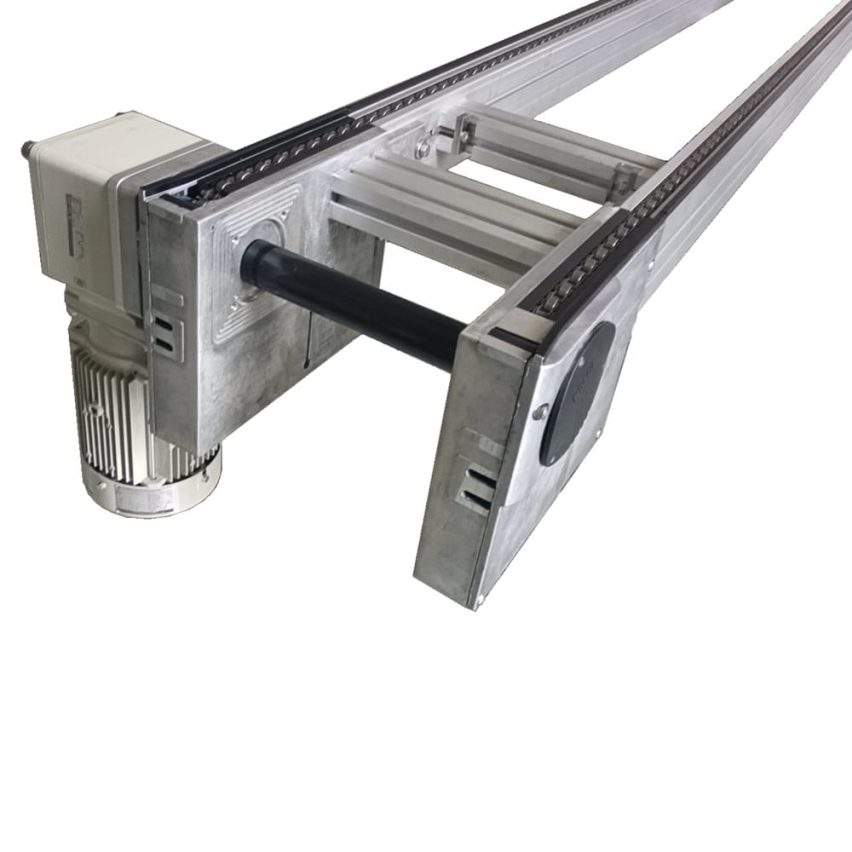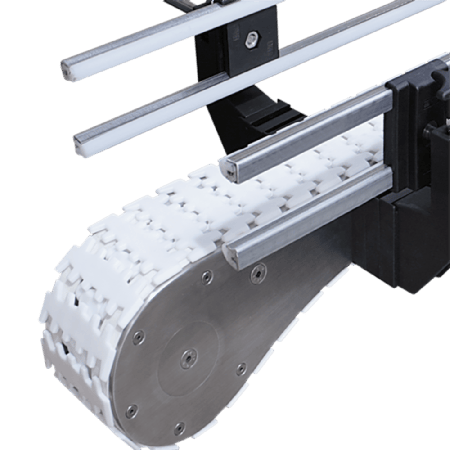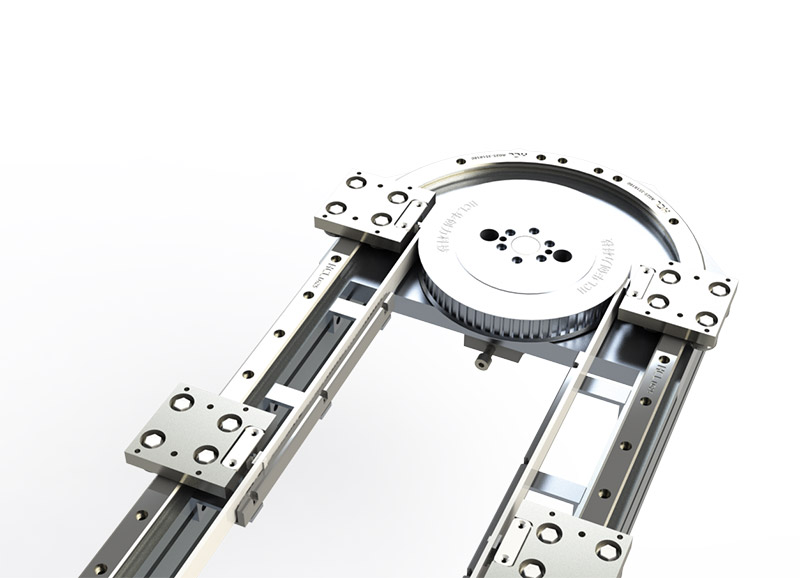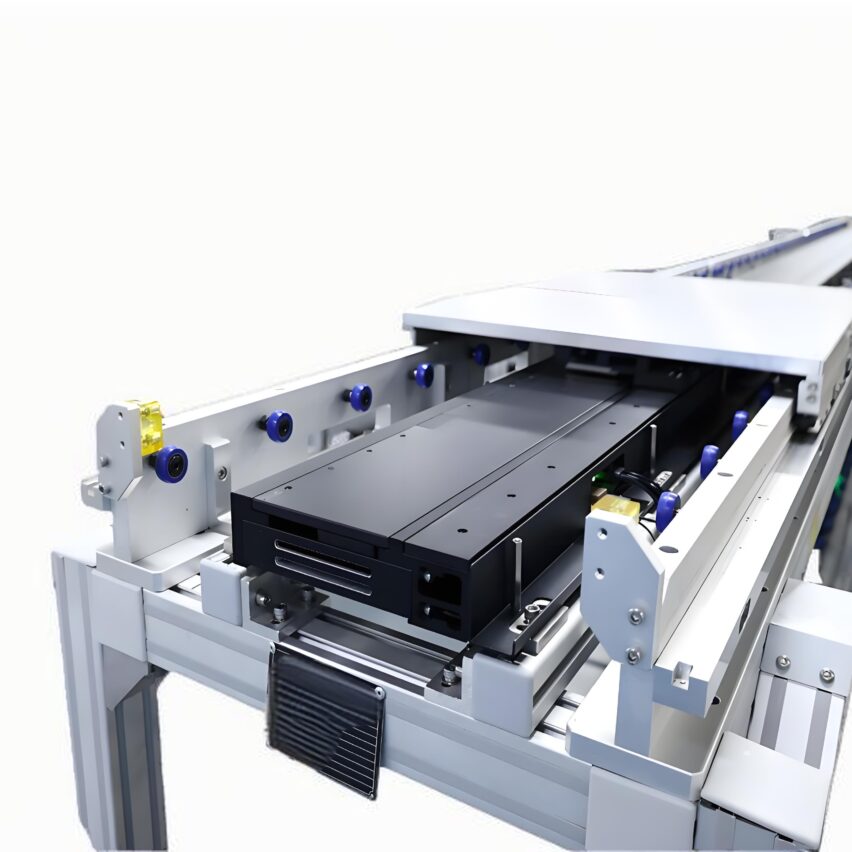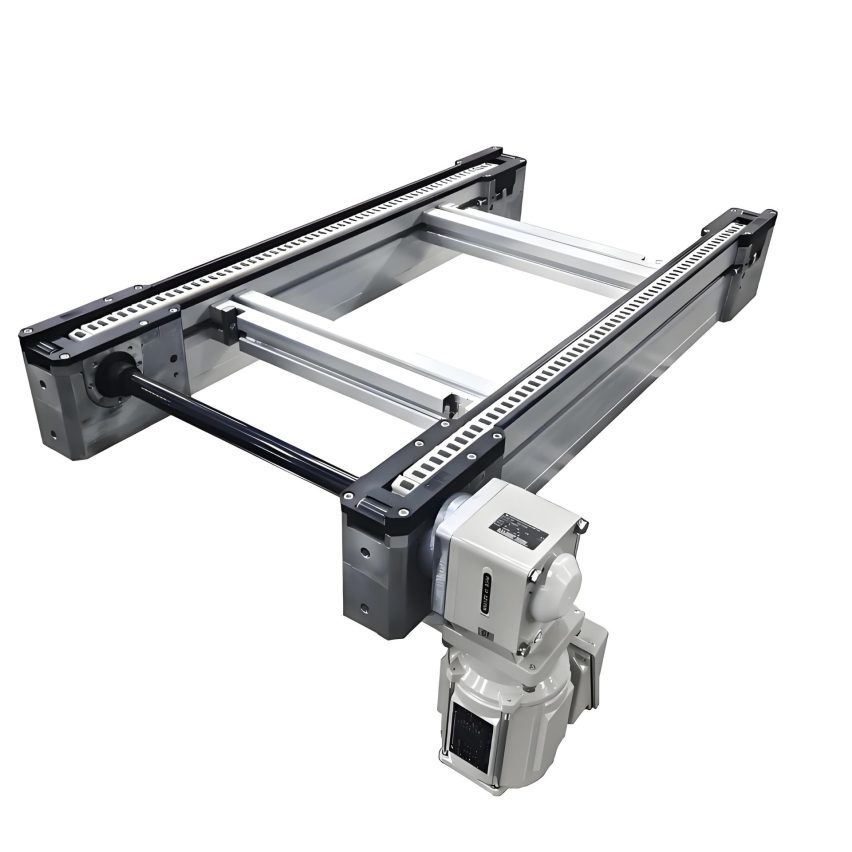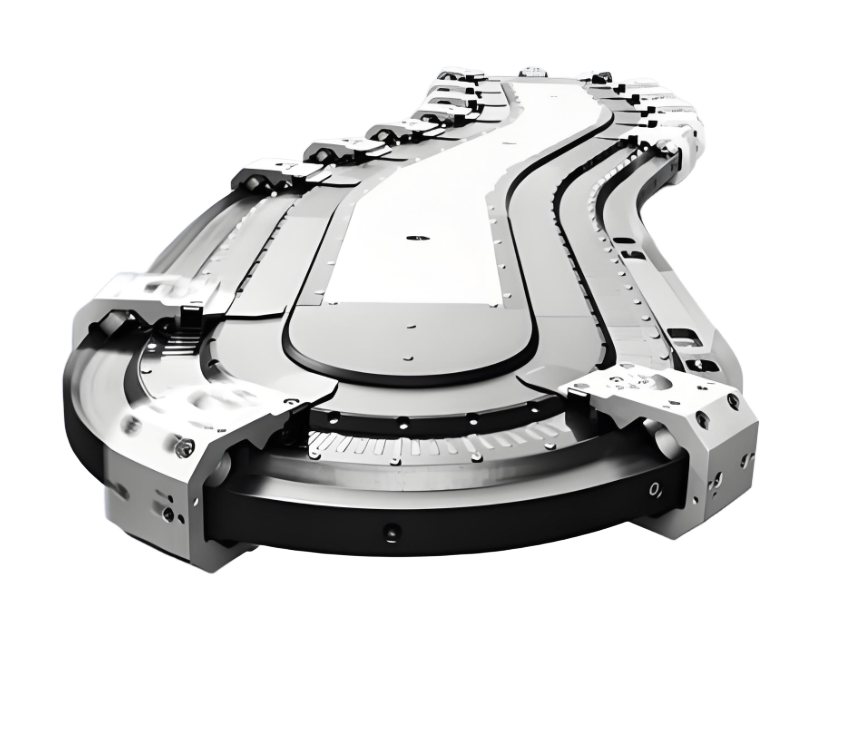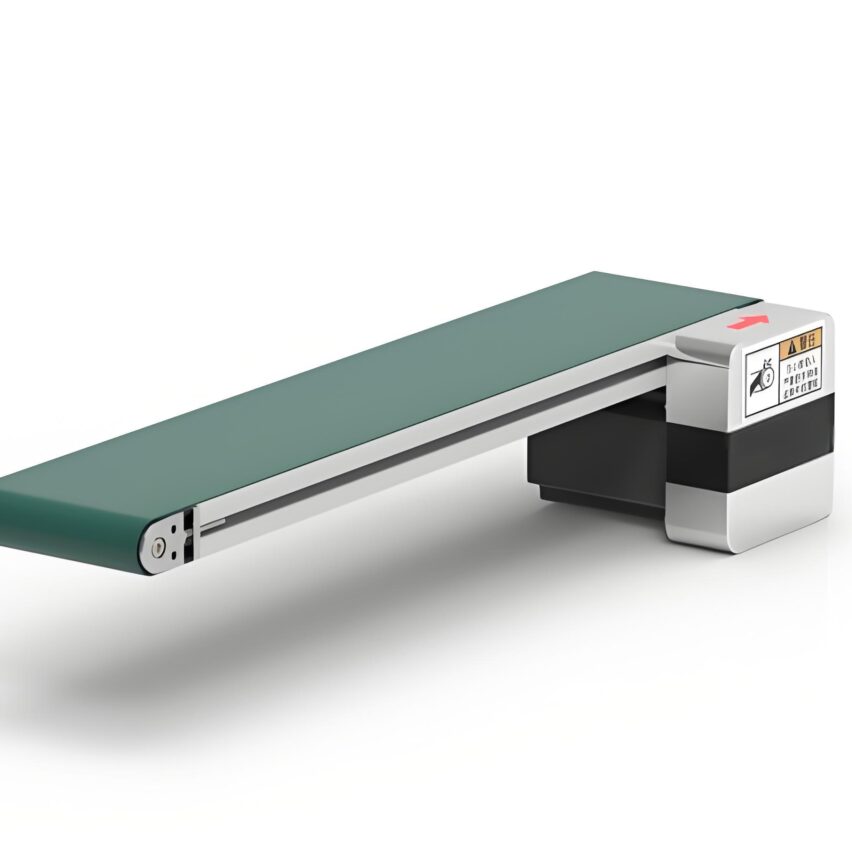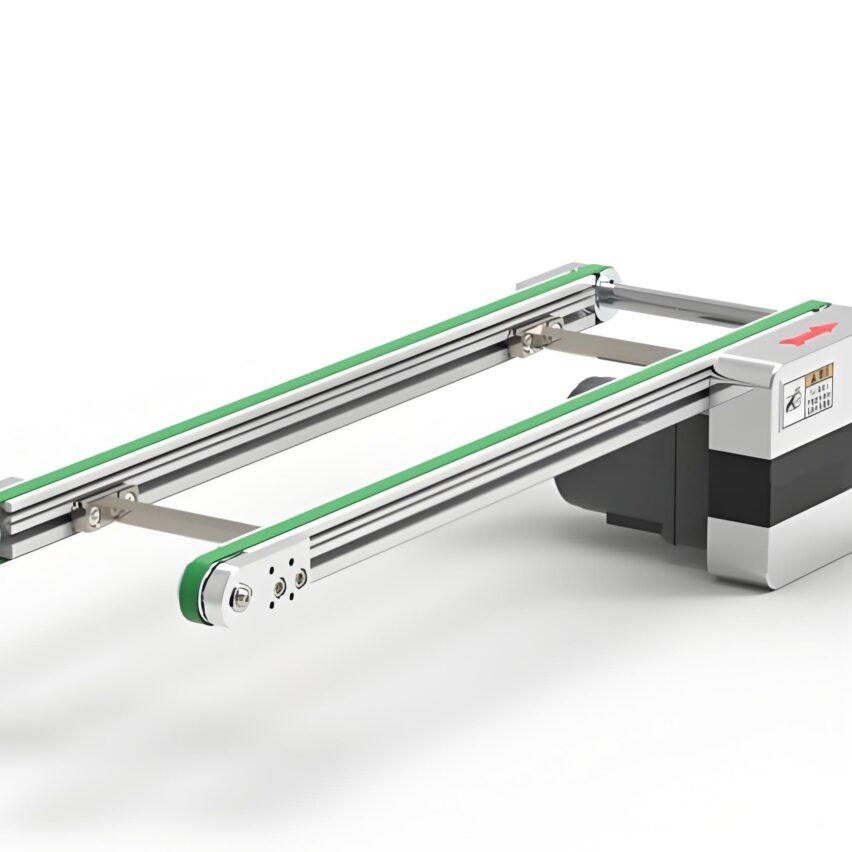Are you worried about your production line? Did you buy the "Standard Speed Chain", but the workpiece either wobbles like a bungee jumping, or the chain crashes?Eighty percent of the time it's the size parameters and the scene that's messing with the splits!Today we directly throw out the hardcore parameter table, break open and crumble to tell you - different trades, different workpiece, in the end how to choose the size!
First, the width: choose a narrow fall goods, choose a wide burn money
Width is the waistband that carries the goods! It's a direct decision whether the assembly line is stable or not. Come on, copy the work directly:
- base scope:.250mm-900mm(A4 width to small coffee table size)
- The Golden Formula:.Workpiece width + 200 mm = minimum chain width! Take a real example:
- Shipping a 30cm wide board? Chain width dislikes at least500mm!
- Moving a 60cm car engine? Straight up.800mmDon't be a pain in the arse!
You think about it.: Narrow enough for the workpiece to wobble into sieve chaff, wide enough for the extra money to buy a new wind turbine!
Comparison table of the widths of different rows::
| Industry Scenarios | Typical workpieces | Recommended chain width | lit. overturned car name scene (idiom); fig. a scene from an overturned car |
|---|---|---|---|
| Electronic factory assembly line | Mobile Phone Screens/Circuit Boards | 300-500mm | <The screen shatters into a snowflake screen! |
| Appliance assembly line | Microwave ovens/small appliances | 500-700mm | <Scratches on the case are not a problem. |
| Vehicle workshop heavy duty line | Engine/Transmission | 800-900mm | <Screws are shaken up to three metres away! |
💡 experience acquired through blood and tears:.Don't stick to the "standard width".! Customised 280mm narrow chain for electronics factory, cost straight down 30% - Parameters are dead, production line is alive ah!
Second, the height: short knock chassis, high shaking over the sky
The height thing is the easiest pitfall for newbies!The height of the chain surface must be accurate with the thickness of the tooling plate.::
- standard interval:.500mm-1000mm(750mm is a jack of all trades)
- life-preserving formula:.Height of chain surface = Thickness of tooling plate + 650mm±50mm
- The plate is 40mm thick and the chain height is adjusted to690mmleft and right
- The board is 60mm thick, so you can dislike it.710mmDon't be vague.
speak frankly: Shorter workpieces knocked into war damage versions, taller workpieces turned into pirate ships!
Three Iron Rules for Avoiding the Pit::
- Deadly with adjustable grooves! Shipping cartons today and carrying iron tomorrow? Turn a screw to adjust 5cm and save money on wire replacement!
- Aluminium profiles smell so goodIt is 50% lighter than carbon steel! Lighter than carbon steel 50%, low noise and resistant to milk tea spills (don't ask why milk tea)
- Don't touch the wall thickness <2.5mm(GROANS)! Three months to make a funny face!
Third, length: over 40 metres without sectioning? Wait for the taut chain to break!
The length is not a random pull! Single-stage driveDon't exceed 40 metres.If it grows any longer, we'll have to operate:
- ≤40 metres: single motor hard carry (but with a 70% discount on longevity)
- >40 metres? Add a drive set every 10 metres.! For example, 60 metres of line in three sections, with the motor stuffed in the middle.Life expectancy is directly doubled
lesson learnt through blood and tears: A factory pulls 50 metres hard and changes the chain three times in three months - saving money on the motor pays for all the repairs!
IV. 2.5x vs. 3x: Lightweights vs. Heavyweights
Chain Type Direct Locking Profile Size! They're not even brothers:
| parameters | 2.5x chain (lightweight) | 3x chain (heavyweight) |
|---|---|---|
| Chain Pitch | 19.05mm/25.4mm (biros thickness) | 38.1mm (mineral water bottle cap diameter) |
| Matching profiles | 35 x 70mm narrow aluminium | 100×118mm thickened material |
| weight-carrying capacity | Single strip ≤ 25kg (enough to transport mobile phone cases) | Single ≤100kg (carry the engine as steady as an old dog) |
| Applicable Scenarios | Electronics factory, small appliance assembly | Automobile plants, heavy machinery lines |
💡A must-see for beginners:.Profile and chain must be official! Taking a 3x chain and stuffing it with narrow aluminium? Wait for the choke chain to collapse!
V. Self-questioning: three soul-searching questions to dispel myths
Q1."The parameter sheet says width 250-900mm, so I'm always right to take the middle value of 575mm, right?"
- truth blitz::
- Electronic factory go300-400mmNarrow chain (space saving + cost reduction)
- A must for garages800mm+(Heavy-duty shockproof fly)
bear in mind:.Width looks at artefacts, not averages!
Q2."Over 40 metres in length, can more lubricant save it?"
- The engineer sneered.::
- The lubricant treats the symptoms, not the root cause!Over 10 metres plus a drive setIt's the real dad programme.
- 80 metres of wire? In four sections + three sets of motors.Pay more for electricity 30%, save 50% in maintenance fees
Q3."Is a 2.5x chain really slower than a 3x chain?"
- face-to-face testing::
- Mark 3 times the speed of the actualOnly 2.7 times(Friction loss steals 0.3)
- 2.5x chain run light cargoReverse 3x speed! (Overloading is the real deal)
Fourth, the editorial board: the parameter list is the map, the workshop is the examination room!
After ten years of designing production lines, I am afraid that newcomers will hold the parameter table as their bible!The real masters draw the dimensions to the workpiece::
- Don't believe in "standards.": Non-standard customised 850mm wide chain for automobile factories, saves material 15% compared with 900mm standard chain.
- Aluminium profiles YYDSSurface anodised? Milk tea and coffee can be cleaned with a wipe, and the life span can be carried for three more years.
- Be wary of "theoretical load-bearing.": A chain labelled 500kg is most securely carried at 350kg -Leave 30% margin for rollover prevention
Finally, a word of truth.The parameter table guarantees you a pass, but workshop squatting is the only way to get full marks.! Next time before designing, go to the assembly line and listen to the workers cuss out the points, it works a hundred times better than going through the manual!

